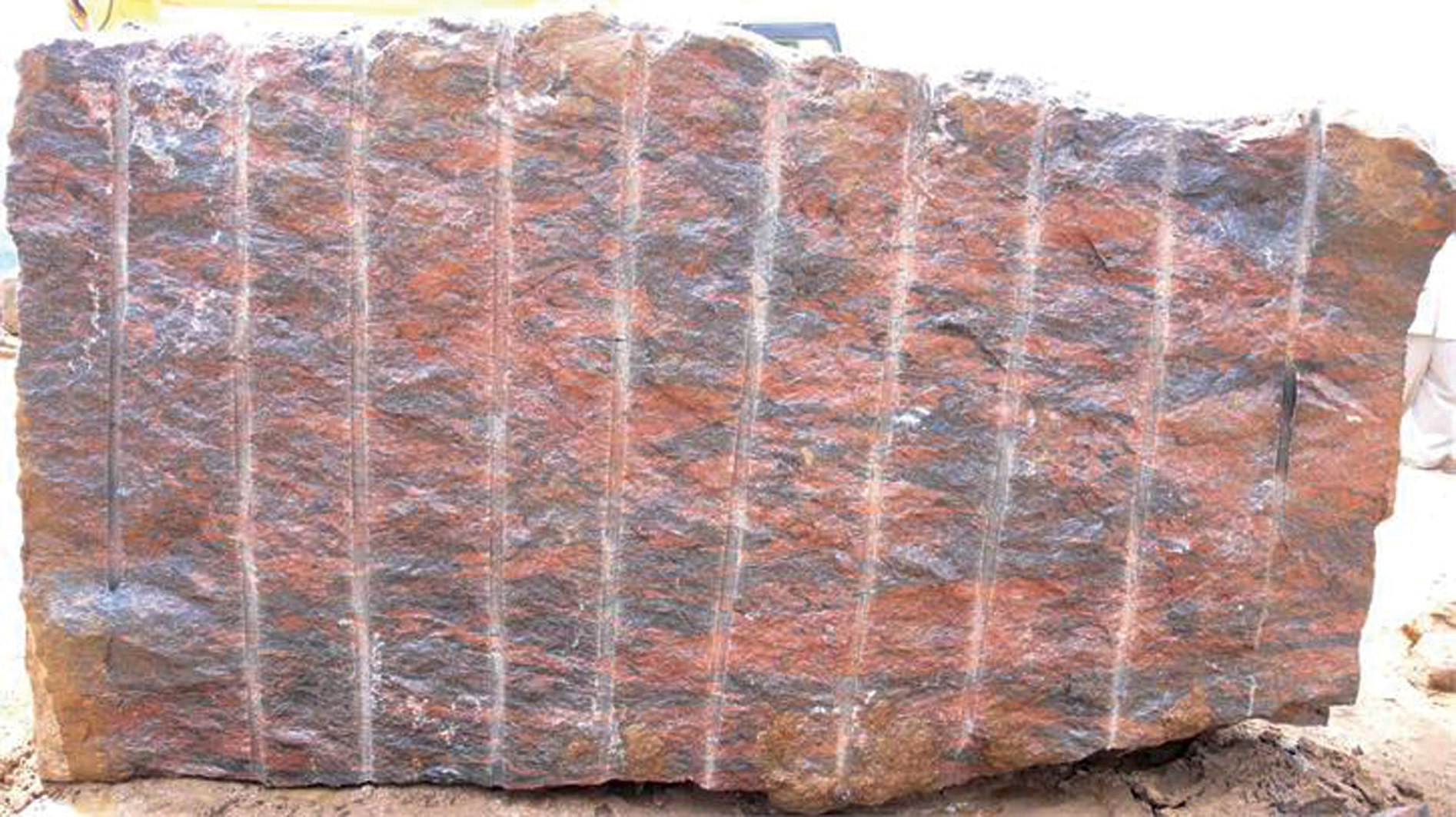Introducing Granite Quarries in South Africa Tradition: A Journey Via Quarries
Uncovering the Rich History and Sustainable Practices of Granite Quarrying
As we depend on the precipice of uncovering the complex tapestry of granite quarrying, a trip through time reveals not just the physical act of removing rock however likewise the cultural and historical significance woven into the really material of this technique. From the ancient beginnings that laid the structure for modern-day quarrying methods to the sustainable methods that are forming the future of this industry, each chisel mark on granite surfaces narrates waiting to be uncovered (granite quarries in south africa). The tradition of granite quarrying extends far past simple extraction; it is a testament to human ingenuity, resilience, and the long-lasting attraction of this impressive stone
Ancient Origins of Granite Quarrying
Dating back to old civilizations, the method of quarrying granite has actually been an important component of human background and architectural innovation. The earliest proof of granite quarrying days back to old Egypt, where huge pyramids and detailed sculptures were crafted from this sturdy stone. The Egyptians made use of primitive devices to draw out granite blocks from quarries, showcasing the value of this material in their huge building and constructions.
Progressing in history, the Greeks additionally made significant payments to the quarrying of granite. The Greeks utilized granite in numerous architectural marvels, such as temples and sculptures, demonstrating their skill in shaping and sculpting this hardy stone. The Romans further improved the techniques of quarrying granite, utilizing sophisticated tools like knives and hammers to remove and shape granite for their renowned structures.
Through the centuries, the practice of quarrying granite has actually evolved, with contemporary technologies improving effectiveness while preserving the timeless appeal of this natural stone - granite quarries in south africa. From ancient worlds to modern builders, the tradition of granite quarrying remains to shape our world
Development of Quarrying Methods
The advancement of quarrying strategies has actually been noted by a constant progression towards higher effectiveness and precision in extracting granite. Early quarrying strategies entailed hand-operated labor with standard devices such as blades, hammers, and wedges to draw out granite blocks from the planet.
In even more recent times, the arrival of equipment transformed the quarrying industry, enabling quicker extraction rates and raised productivity. Technologies such as diamond cord saws, high-pressure water jets, and pneumatically-driven drills have ended up being typical in modern quarries, enabling exact cutting and reduced waste. Improvements in computer-controlled equipment and 3D modeling have optimized quarrying operations, leading to very little environmental influence and boosted sustainability practices. As the demand for granite remains to increase, the advancement of quarrying techniques remains indispensable to conference industry requires successfully and sustainably.
Social Relevance of Granite
Granite holds a profound social significance across different civilizations due to its enduring presence in architectural work of arts and admired monoliths. The social relevance of granite extends past its physical features; it embodies resilience, stability, and eternity, making it an icon of sustaining legacies and customs.

Sustainable Practices in Quarrying
In the middle of the abundant background of granite quarrying and its cultural relevance lies an expanding focus on sustainable techniques within the sector. As ecological recognition and issues regarding source exhaustion have enhanced around the world, the quarrying sector has actually significantly welcomed sustainable approaches to lessen its influence on the atmosphere and bordering areas.

Furthermore, improvement and rehabilitation of quarry sites post-extraction are indispensable to lasting techniques. By bring back quarried areas to a natural or beneficial state, such as developing wildlife environments or entertainment spaces, quarriers can offset the environmental impact of their operations and add favorably to the local community.
Tradition of Granite Quarrying
With a historic backdrop steeped in craftsmanship and commercial progress, what enduring effect has granite more helpful hints quarrying left on the landscape of contemporary culture? The heritage of granite quarrying transcends mere removal techniques; it has formed architectural marvels, city landscapes, and cultural heritage worldwide. The resilient nature of granite has made it a preferred option for monuments, buildings, and infrastructure, standing as a testimony to the skill and artistry of quarry workers throughout generations.
Furthermore, the economic impact of granite quarrying can not be neglected. The market continues to provide employment possibilities and drive neighborhood economic climates in regions where granite extraction is common. It has also spurred technical innovations in quarrying strategies and equipment, leading to much more efficient and sustainable practices.
In terms of sustainability, the tradition of granite quarrying includes initiatives to minimize environmental effects through improvement projects and responsible resource management. By balancing financial interests with This Site environmental stewardship, the industry strives to make certain that future generations can remain to profit from this long-lasting natural more tips here resource.
Verdict
